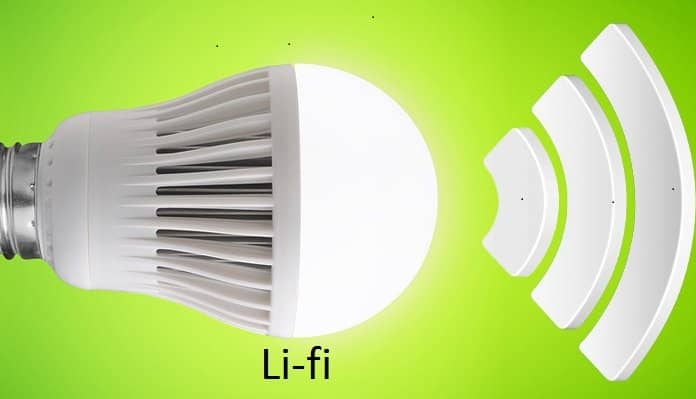Wireless data transfer, as we see today, was not possible before the accidental invention of Wi-Fi in 1992 by the Australian Radioastronomer, John O’Sullivan. The modern world would be much different if it weren’t for the invention of Wi-Fi.
Data transfer is going to be changed immensely again, but this time, it will not be accidental. We have used light bulbs, and solar cells for wireless data transfer for quite some time now. A lot of low-tech applications make use of visible light for communication purposes. Even the ancient humans used fire beacons to communicate.
Li-Fi stands for Light Fidelity, and it is a very sophisticated form of Visible Light Communication (VLC). A Li-Fi system provides wireless communications at very high data transfer speeds using the visible light. The technology uses common light emitting diodes (LEDs) for data transfer, and the speeds may be as high as 224 gigabits per second. If you want to visualize this speed, consider a scenario in which you may transfer about 18 movies of 1.5 GB each, in just one second.
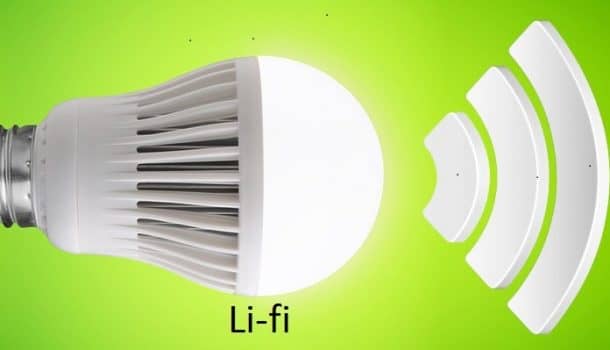
The phrase Li-Fi is no older than six years, and it was first coined by a professor at the University of Edinburgh, Harald Haas in his TED talk in 2011. Haas set up the company pureLiFi in 2012 that envisioned wireless routers in the form of light bulbs. The company aimed to be the world leader in the Visible Light Communications technology.
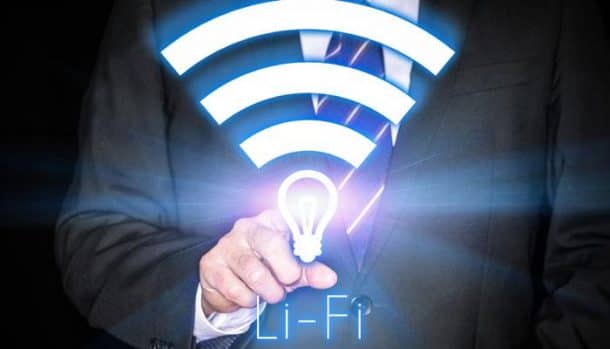
All wireless data transfer makes use of electromagnetic waves of varying frequencies. Wi-Fi makes use of radio waves and Li-Fi aims to use the same principle except for the fact that the waves used for communication will lie in the visible spectrum. Obviously, the technology will require photodetectors to receive light signals. It will also need a processor that can convert the received data into content to be streamed.
LEDs are made from semiconductors that allow a change of current at such high speeds that the human eye can not even notice the difference. Thus, the data can be embedded into the light beam at high speeds. A photoreceptor can detect these changes and a computer at the receiving side can then, convert the light changes into useful digital signals.
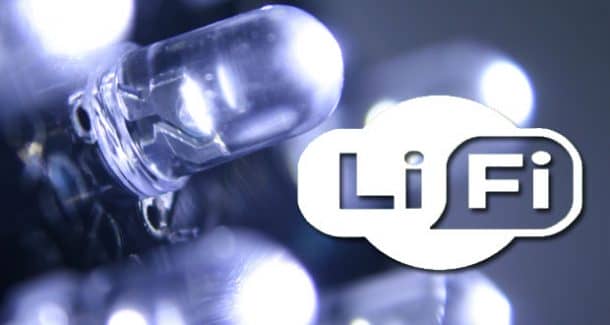
The pattern in which the light sources turn on and off can be converted to a binary signal. The VLC uses visible light spectrum between 400-800 terahertz. This data can then be streamed as audio, video and web data, for any internet application. While the first step is only to move the communication from radio waves to a visible spectrum, Harold Haas envisions a future where the equipment used for internet connection will be energy neutral. Some believe that a line of sight is necessary for Li-Fi. However, this is not true as the light reflected off walls and other surfaces will still provide a sufficient speed of up to 70 megabits per second.
There is a potential of spectrum crisis for Wi-Fi shortly according to the US Federal Communications Commission. The visible light spectrum has a range 10,000 times larger than the radio frequency, which reduces the capacity limitations to a great extent. It will also be ten times cheaper than Wi-Fi, once it is fully deployed.
The super high data transfer speeds of Li-Fi makes it appear as if the Wi-Fi will be replaced soon. The reality is a bit different, though. Since light can not travel through walls, a Li-Fi system with the same functionality as the regular Wi-Fi system will require placement of LED bulbs throughout a building. They will also need to be kept on at all times to provide the signal. Any location with a lack of lightning will have no internet connection, which will render the Li-Fi connection inappropriate for use in public networks.
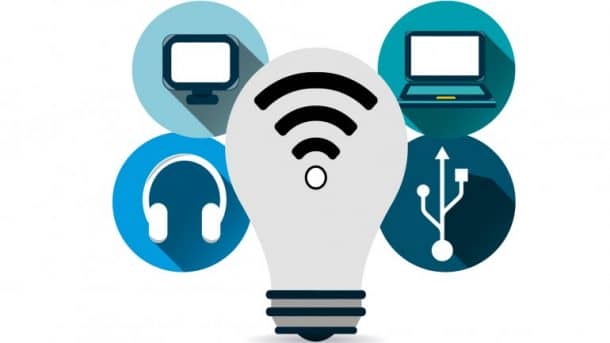
So although, Light Fidelity may have immense potential to increase data transfer speeds to thousands of times the current capacity, yet, they can not potentially replace Wi-Fi altogether. It will, however, provide added benefits of greater security and reduced interception of signals along with reducing the health risks posed by Wi-Fi.
There are plenty of companies working on the development of Li-Fi systems; we just have to wait and see when the technology springs up in the market.
We would like to know your thoughts on the Li-Fi technology. Comment below!

